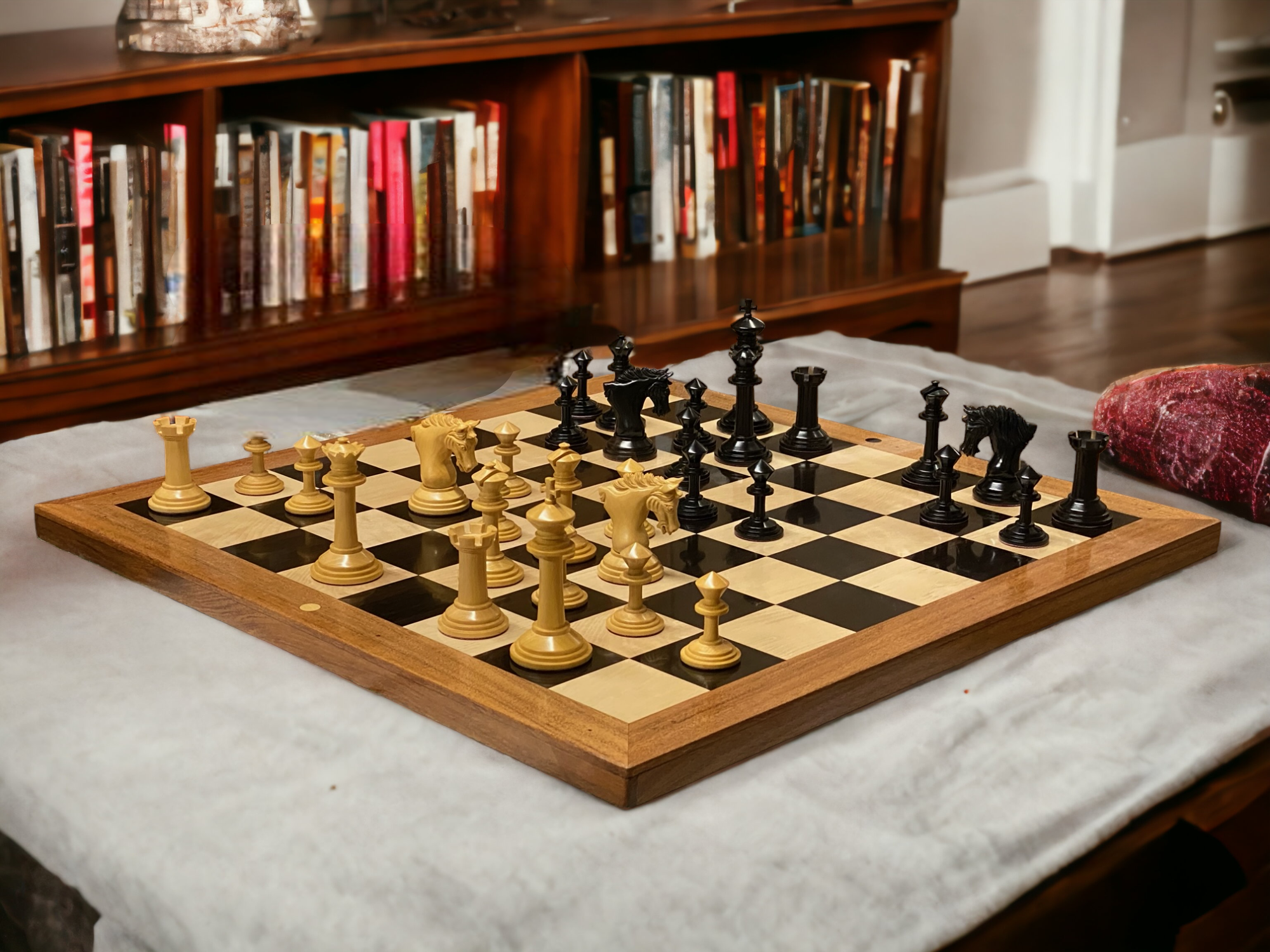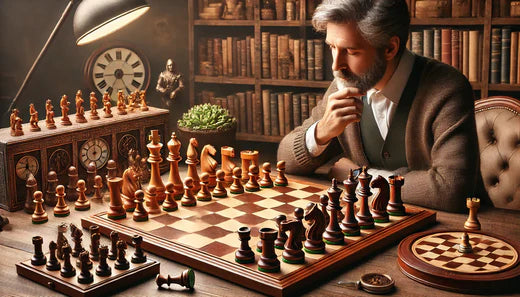Chess is a timeless game that combines strategy, skill, and a bit of art. The rich history and deep tactics of chess can seem intimidating to new players, especially with all the terminology and notation involved. If you're just starting your chess journey or looking to brush up on your skills, understanding chess notation is essential. In this guide, we'll break down the ins and outs of chess notation and how you can apply it to improve your game.
What is Chess Notation?
Chess notation is a system for recording and describing the moves in chess games. Just as musicians use sheet music and writers employ grammar to convey meaning, chess players use notation to communicate their moves clearly. This system allows players to review previous games, share strategies, and learn from mistakes. By mastering chess notation, you can play more effectively and enter the world of competitive chess with confidence.
The Basics of Chess Notation
Chess notation predominantly used today is algebraic notation, which has become the standard among chess players. In this system, the squares of the chessboard are designated by letters and numbers. The letters represent the files from a-h for white, while the numbers represent ranks from 1-8. Here’s how it works:
The Chessboard Setup
To understand chess notation, you need to visualise the chessboard. The board consists of 64 squares (8 ranks and 8 files). Each square can be identified by a unique combination of a letter and a number. For example:
- a1: the bottom-left square
- e4: one of the most popular opening squares
- h8: the top-right square
The back rank for white is the 1st rank, which consists of the pieces from a1 to h1, while the 8th rank is where the black pieces reside.
Pieces and Their Abbreviations
In algebraic notation, each type of piece is represented by a letter:
- K: King
- Q: Queen
- R: Rook
- B: Bishop
- N: Knight
- No abbreviation is used for pawns; just the destination square is given.
Recording Moves
Moves are recorded by stating the piece and the square it moves to. For example:
- Nf3: Knight moves to f3.
- Bxe5: Bishop takes a pawn on e5.
- 1.e4: White moves pawn to e4 on the first move.
Understanding Special Moves
Chess notation goes beyond simple piece movements. Several special moves exist that have their own notation:
- Castling: A move that involves the King and Rook. It is recorded as O-O for kingside castling or O-O-O for queenside castling.
- Check: When a King is under threat, a "+” is added; e.g., Qh5+.
- Checkmate: Winning the game is indicated with “#”, for example, Qh5#.
- Pawn Promotion: When a pawn reaches the opposite side, it can be promoted, e.g., d8=Q means a pawn on d7 promotes to a Queen on d8.
Reading Chess Notation
Having a grasp of chess notation is not just about writing your moves but also about interpreting them. Whether you're analysing historical games, reviewing your own matches, or following live games, the ability to read chess notation is invaluable.
Interpreting Game Scores
Let’s take an example of a simple opening move:
1. e4 e5 2. Nf3 Nc6 3. Bb5 a6 4. Ba4 Nf6 5. O-O Be7
In this notation:
- Each line represents a turn – with the white move first, followed by the black move.
- The move e4 indicates that White has advanced the pawn to e4, while e5 signifies Black's response.
- Notations such as Nf3 indicate knights being moved to that respective square.
- O-O indicates a kingside castling by White.
Keeping Track with Notation
One of the best ways to improve your chess playing skills is by analysing your games or games of masters. You can use notation to record your match or transcribe famous matches to understand strategic moves better. A methodical approach to learning will ensure you retain the strategies you observe.
Using Notation for Analysis
When reviewing a game, players often write down both players' moves. This allows for deeper analysis and helps to understand where strategic errors occur. Pay attention to key moments where the game outcome can change based on a single move.
Chess Notation Tools
In today's digital age, there are many chess software programs and applications that can help you visualise and practice chess notation. Here are a few tools you can use:
- ChessBase: A professional chess analysis tool that lets players record, save, and study games.
- Lichess: An online platform with user-friendly tools to record moves and understand games better.
- Chess.com: Offers educational resources, including lessons on chess notation.
The Beauty of the Birdseye Maple Chessboard
The art of chess is not limited to its strategic depth; it extends to the tangible beauty of its accessories. A Birdseye maple chessboard not only enhances your play but also elevates the aesthetic of the game. Recognised for its stunning grain pattern, a birdseye maple chessboard serves as a gorgeous backdrop for your matches. The rich hues of the wood complement the intricacy of chess, making every game an artistic experience.
Choosing the Right Chessboard
When selecting a chessboard, numerous factors should be taken into consideration:
- Material: Whether you prefer solid wood, glass, or vinyl, each material has unique aesthetics and feel.
- Size: Ensure that the squares are an appropriate size for your pieces, typically a square size of 2 to 2.5 inches is ideal.
- Design: Choose a custom design that reflects your personality — a Birdseye maple chessboard is an excellent choice for elegance.
Practice Makes Perfect
Understanding and using chess notation can significantly improve your playing skills. Start by recording your games, reviewing famous matches, and practising with varied chess puzzles. When you do this, remember that chess notation is a way of communicating — both with yourself and with the broader chess community.
Unlock Your Potential
Chess notation opens the door to a deeper understanding of chess and can help you become a better player. By referring back to recorded moves, analysing past games, and applying what you learn, you’ll cultivate skills that improve your strategic thinking. The journey of understanding chess notation will empower you, delight your mind, and enhance your passion for the game. With every game you play, flavour it with the elegance of a Birdseye maple chessboard, and watch as you thrive in this intellectual pursuit. Ready to checkmate?



